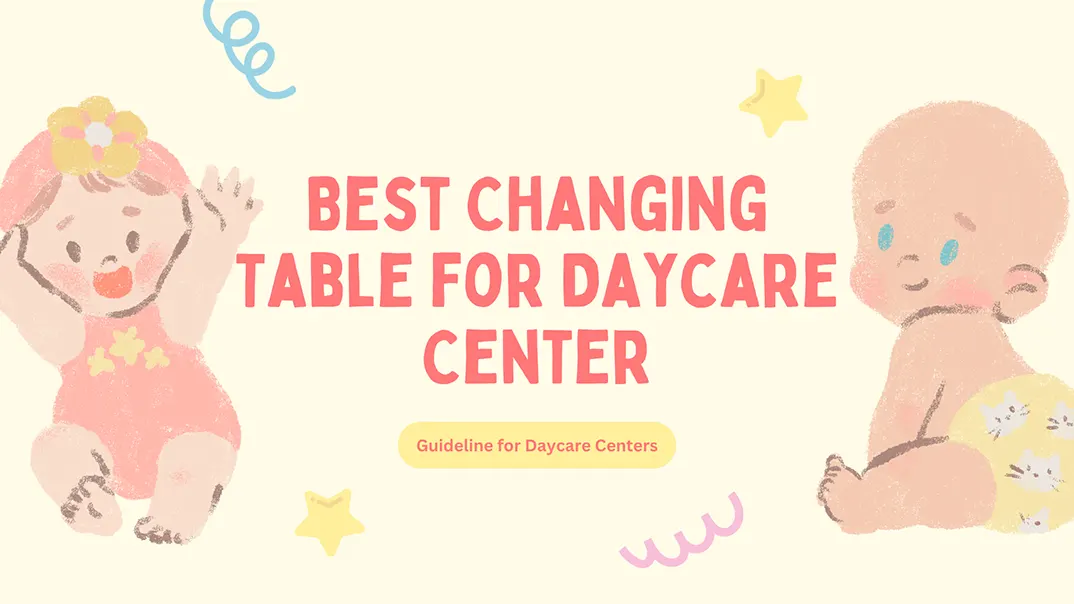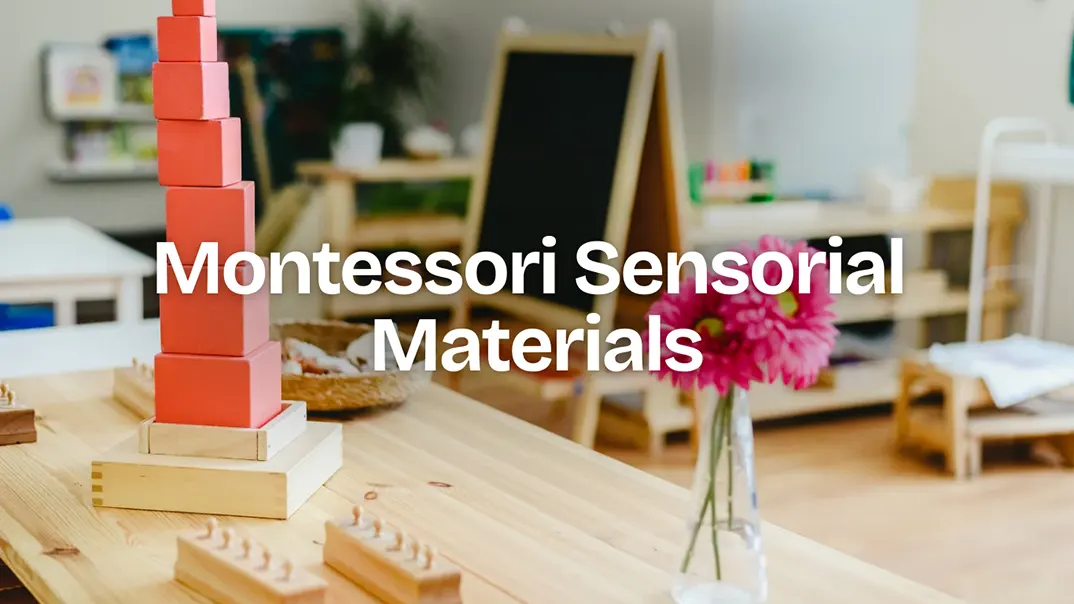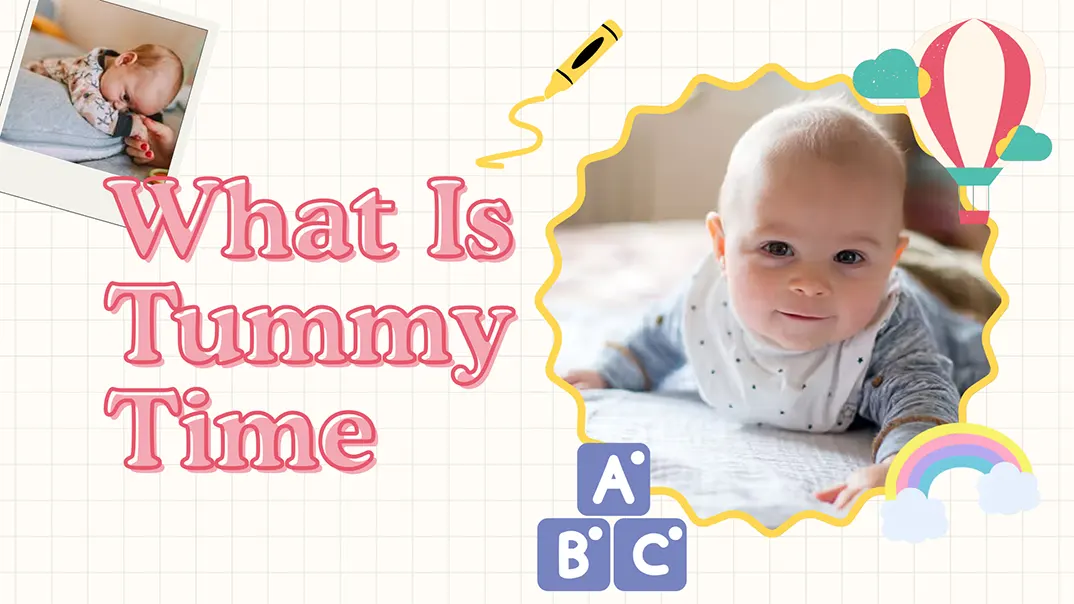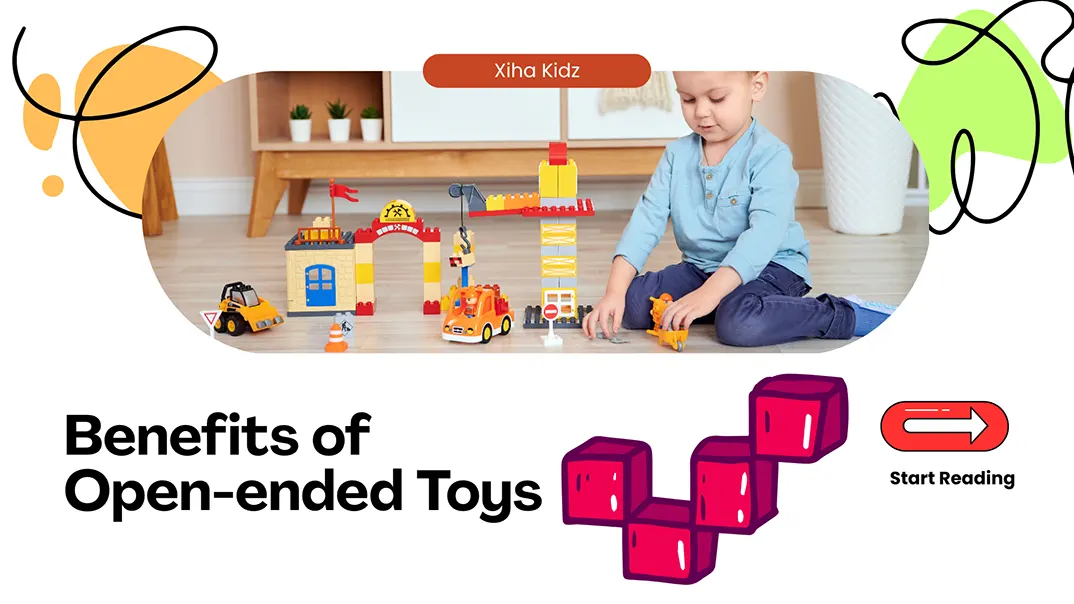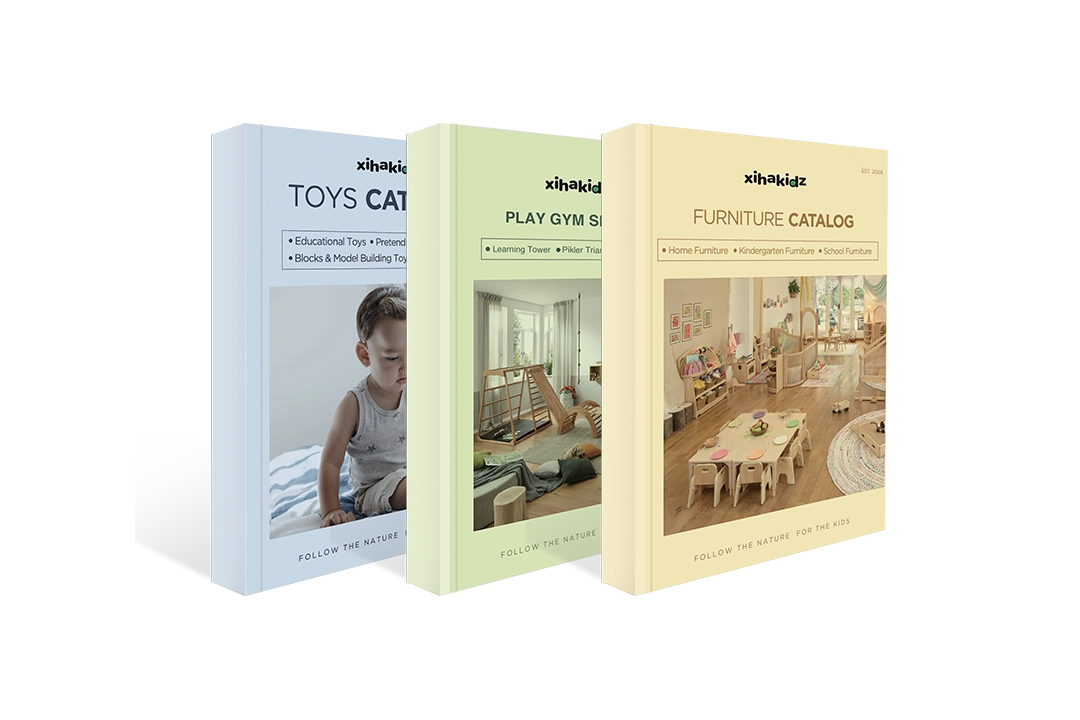How to ensure the diaper-changing process is both efficient and hygienic? Have you considered how vital the changing table is? With so many designs, sizes, and safety features on the market, how do you know which one is the best changing table for your specific space and needs? Can it withstand daily use? Is it comfortable for caregivers? Will it meet hygiene and licensing standards?
Choosing the best changing table for a daycare center means balancing practicality with safety and regulatory compliance. The right model should feature sturdy construction, child-safe guardrails, wipeable surfaces, ample built-in storage, and an ergonomic height to prevent caregiver fatigue. Some tables even include toddler steps or locking casters for added convenience. These features aren’t just upgrades—they’re essential for smooth operations, safety inspections, and daily caregiver comfort.
Ready to make a wise, long-term investment in your daycare setup? Read on to explore what defines the best changing table, which types suit your daycare environments, and how to make the right choice with confidence.
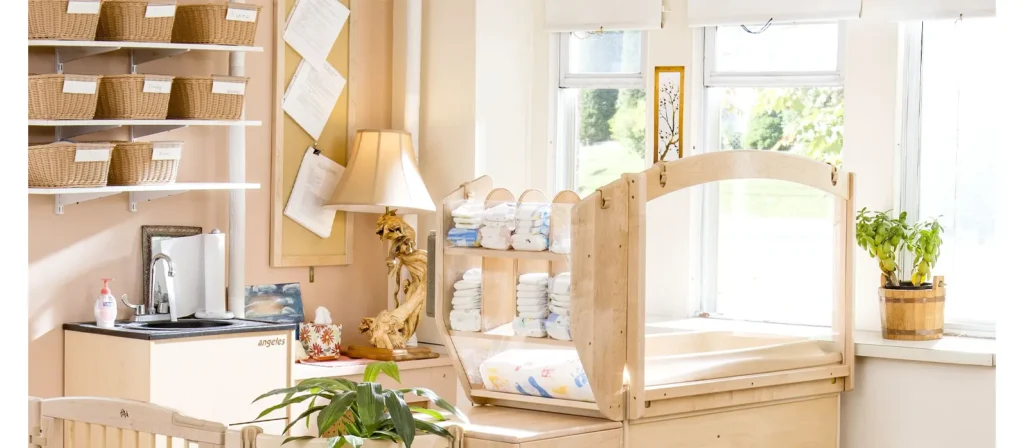
Why Changing Tables Matter in a Daycare Center?
In the dynamic environment of a daycare, where multiple diaper changes occur daily, the quality of your diaper changing table can directly influence both care standards and operational efficiency. A high-quality table is more than just a convenience—it’s a cornerstone of safe, hygienic, and professional childcare.
- Keeping Children Safe
The best changing table is built to withstand daily, repeated use without compromising safety. Unlike cheaper alternatives that may wobble or wear down quickly, premium tables maintain their structure and function over time. This consistent performance ensures that every child placed on the table is secure, reducing the likelihood of accidents or caregiver errors. - Reduces Physical Strain on Caregivers
Diapering children is physically demanding, especially when performed dozens of times each day. Ergonomically designed diaper changing tables, with the correct height and layout, help prevent repetitive strain injuries among staff. When staff are comfortable and supported by high-quality equipment, they can provide better care and maintain their energy throughout the day. - Improves Hygiene and Sanitation Standards
The best changing tables are made with materials that resist stains, moisture, and bacteria. Their non-porous surfaces and durable construction make them easier to clean thoroughly, helping your daycare meet and exceed health and safety regulations. This directly supports a healthier environment for both children and staff. - Improve Caregivers Efficiency
With smarter designs that include built-in storage, sturdy shelving, and easy-access compartments, the best changing table simplifies daily routines. Everything needed for a diaper change is within reach, reducing time spent searching for supplies and allowing caregivers to focus on the child. - Projects Professionalism to Parents and Inspectors
Parents notice details. When they see a clean, well-maintained changing station with high-end features, it reassures them that their child is in a well-equipped, safety-conscious facility. The same is true for inspectors who assess daycare compliance—having a high-quality setup speaks volumes about your commitment to best practices.
Types of Diaper Changing Tables
When equipping a daycare center, choosing the best changing table type is more than just a style decision—it’s about function, safety, and how well each model supports your daily routines. Whether you’re working with limited space, moving between rooms, or caring for children with different needs, there’s a table type suited for the task. Below is a complete breakdown of changing table styles, helping you match the right equipment to your facility’s requirements.
1. Changing Table Dresser
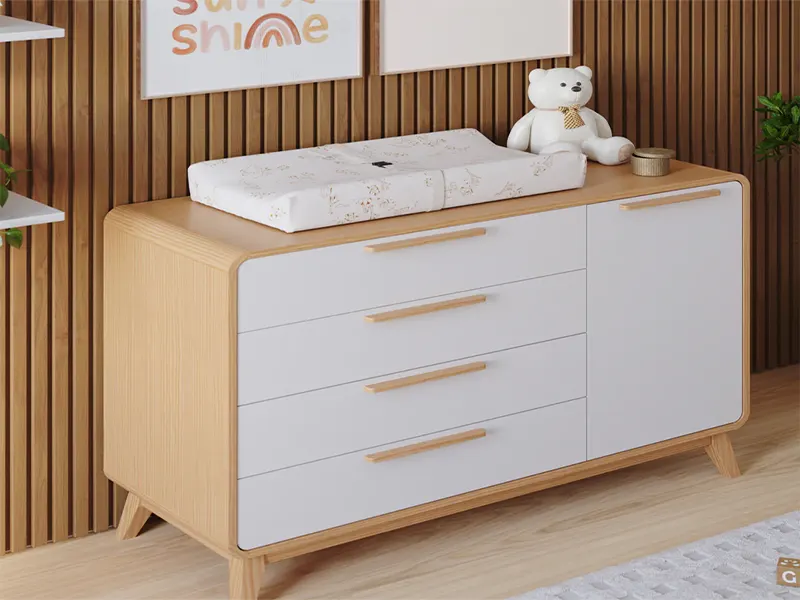
These popular combination units are both practical and versatile. The changing surface sits atop a full dresser, allowing you to store clothes, diapers, and essentials all in one place. When you’re done changing, the changing mat can be removed, and the modular piece becomes a full dresser—perfect for home daycares and daycare centers that want high-quality furniture that will last for the long term.
2. Wall-Mounted Changing Table

Wall-mounted changing tables are space-efficient options that fold flat against the wall when not in use. They are especially practical in daycare bathrooms or narrow passageways where floor space is limited. These tables are mounted at an ergonomic height and often include built-in safety straps and easy-to-clean surfaces. Proper installation is key to ensuring their stability and safe use over time.
3. Folding Changing Table / Portable Changing Table
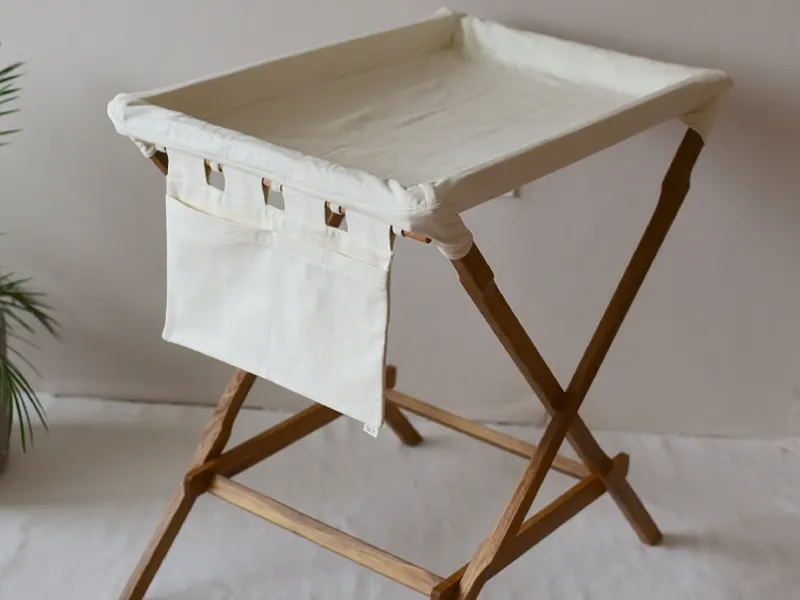
Folding changing tables are designed for portability and storage flexibility. They can be easily set up during daycare hours and stored away when not needed, making them perfect for temporary classrooms or travel-based child care services. While lightweight, good folding models still provide secure padding and a safety strap. They’re not meant for heavy daily use but serve as excellent backup stations.
4. Compact Changing Table / Small Changing Table
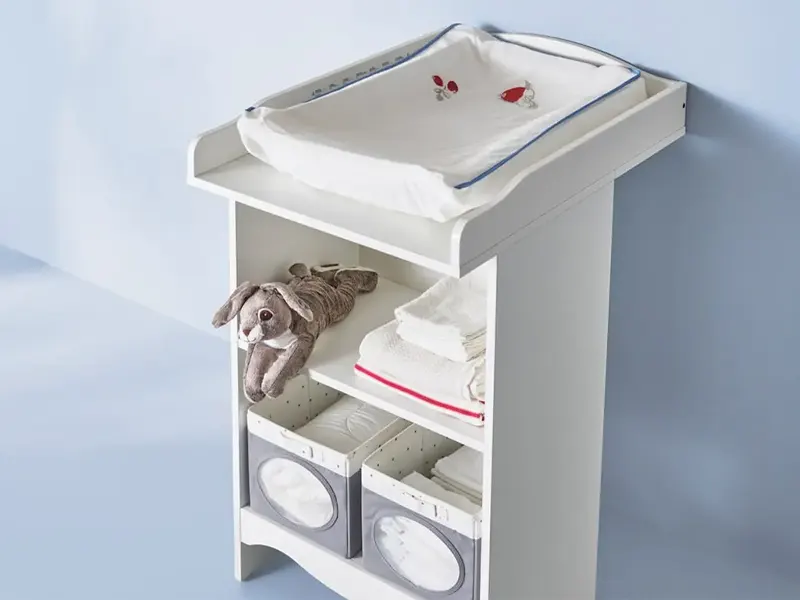
Compact changing tables are engineered for efficiency in tight spaces. They maintain all the functionality of standard models, like a padded surface, while having a reduced footprint. This makes them ideal for daycares operating in urban buildings or older facilities where space is constrained. A compact model allows staff to maintain hygiene and safety without compromising on floor area.
5. Changing Table with Wheels
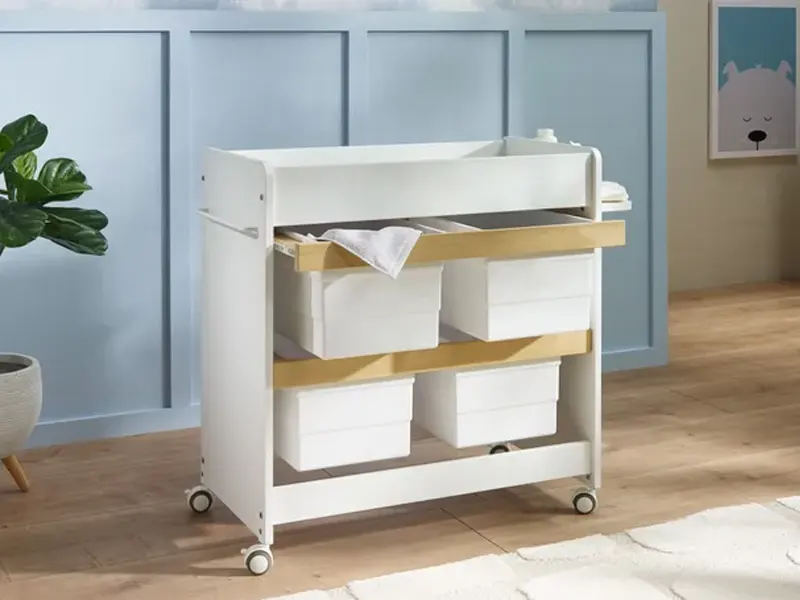
Changing tables equipped with wheels offer mobility and adaptability. These units can be locked into place during use and moved for cleaning or classroom reconfiguration. Ideal for multi-purpose rooms or centers with limited flexibility, wheeled models offer a balance between portability and stability. High-quality casters and locking mechanisms are essential for safety.
6. Changing Table with Stairs
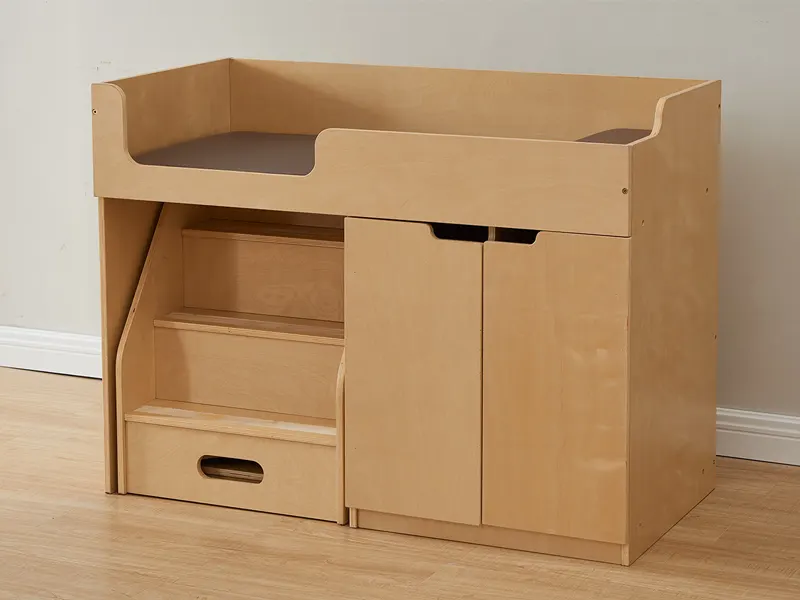
Changing tables with stairs allow older infants and toddlers to climb up independently. This reduces the need for caregivers to lift heavy children, promoting better back health and encouraging child autonomy. The stairs usually slide or fold away when not in use. This model is especially beneficial in toddler-focused daycare rooms with frequent changes.
7. Corner Changing Table
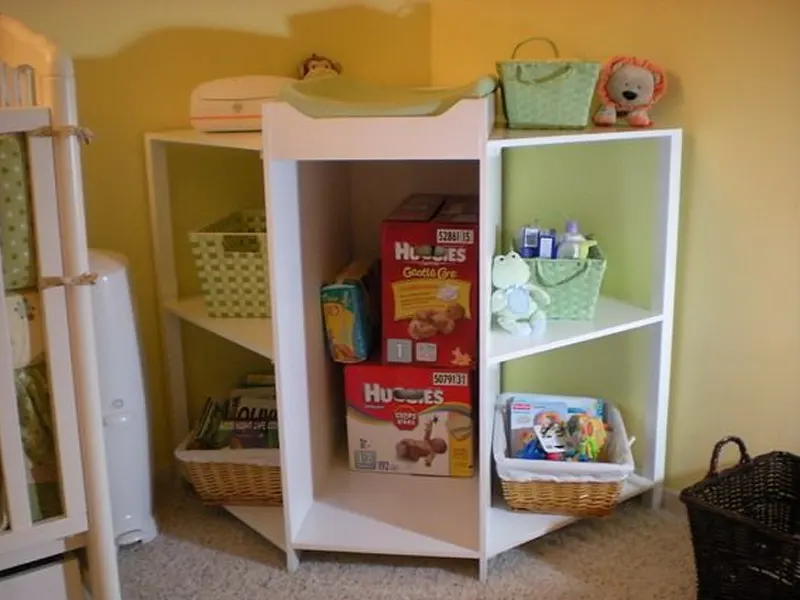
Corner changing tables can fit snugly into daycare room corners, maximizing otherwise unused space. These triangular or L-shaped units provide a wide changing surface and often feature shelving or drawers along each side. They are great for improving room layout and traffic flow in busier classrooms. Their unique design can also separate the changing area from other zones.
8. Bathroom Changing Table
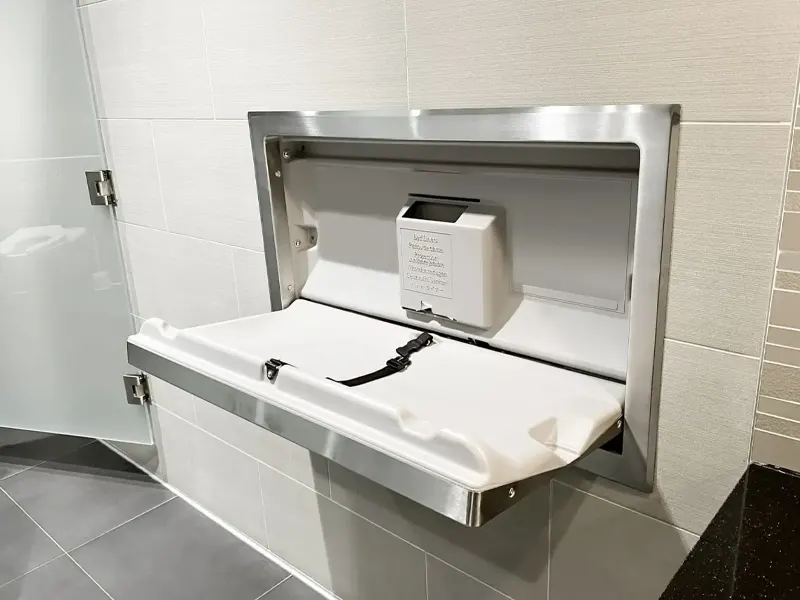
Bathroom changing tables are placed inside or adjacent to daycare restrooms, streamlining diaper changes and hygiene practices. These models are typically moisture-resistant and easy to disinfect, featuring non-slip pads and minimal crevices. Whether wall-mounted or freestanding, their placement near handwashing stations improves workflow and sanitation.
9. Toolbox Changing Table

A toolbox changing table features a rugged, utility-focused design inspired by rolling tool cabinets. These models offer deep drawers, sturdy construction, and heavy-duty casters for mobility. They’re ideal for busy daycare centers where durability and high storage capacity are key. The aesthetic may be more industrial, but the functionality is outstanding for high-traffic environments.
10. Crib with Changing Table
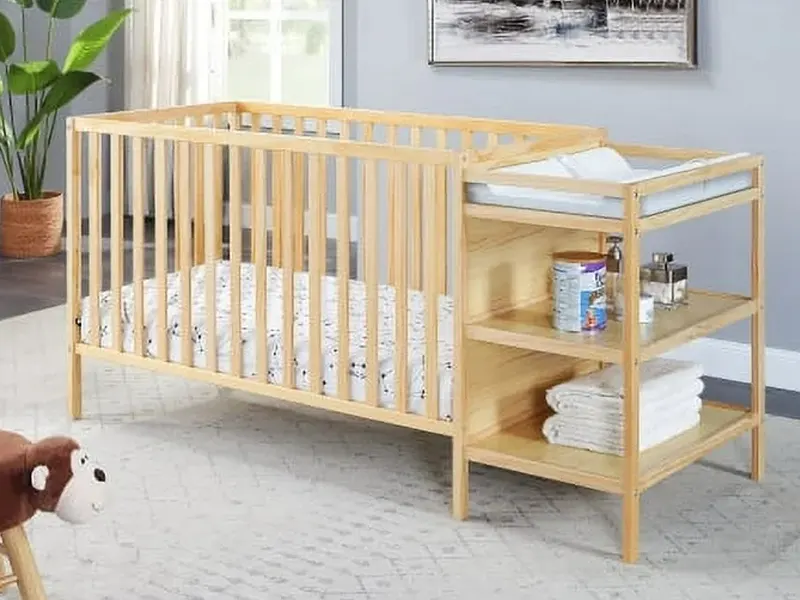
Crib with changing table serves dual purposes in infant daycare settings. It saves space and allows a caregiver to manage both sleeping and changing without leaving the area. These models often include a small amount of drawer or shelf storage. Though more common in home nurseries, they can be practical in daycares with individual cribs for each child.
11. Changing Table Bookshelf
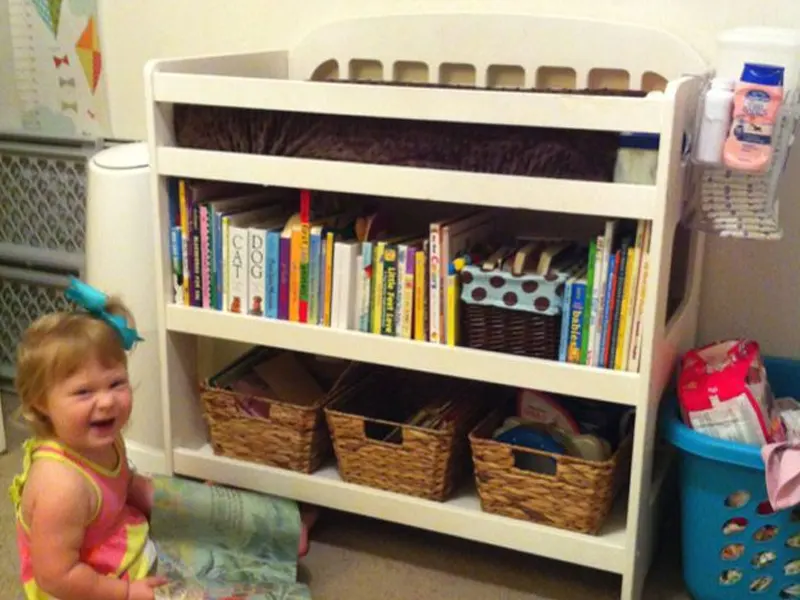
A changing table bookshelf combines diapering space with vertical storage for books or toys. This hybrid model is useful in small rooms where furniture must serve multiple purposes. It also helps bridge care and learning activities by integrating the changing area into the classroom flow. Ideal for infant or toddler rooms where transitions are frequent.
ค้นพบผลิตภัณฑ์ทั้งหมดของเรา
เข้าถึงแค็ตตาล็อกที่ครอบคลุมของเราซึ่งมีเฟอร์นิเจอร์คุณภาพเยี่ยมและอุปกรณ์การเล่นสำหรับโรงเรียนอนุบาลและโรงเรียน
How to Choose the Best Changing Table?
Choosing the best changing table for your daycare center is crucial to ensure safety, efficiency, and comfort for both the children and caregivers. The best changing table for your facility will depend on several factors, such as the available space, the frequency of use, and your storage needs. Here’s a step-by-step guide to help you make an informed decision.
1. Evaluate Available Space
Before you make any decision, take a moment to evaluate the space where the changing table will be placed. If your daycare has limited room or shared spaces, you’ll need a space-efficient solution. Wall-mounted changing tables, for example, are an excellent choice for smaller rooms or bathrooms since they fold up when not in use, saving precious floor space. Alternatively, if you have more room to work with, you might consider a larger, freestanding table with built-in storage or even a dresser with a changing table.
2. Consider Your Storage Needs
A well-organized changing area makes diapering faster and more efficient. Think about how much storage space you need to keep all the necessary supplies organized. If your daycare uses a variety of products and needs ample space, a changing table with drawers or storage shelves will be highly beneficial. These options allow caregivers to store diapers, wipes, creams, and more in an easily accessible way, reducing clutter. If you don’t need extensive storage, a compact changing table may suffice while still providing a functional, clean space for diaper changes.
3. Prioritize Safety Features
The safety of the children being changed should always be the top priority. Look for tables that offer built-in safety features, such as raised sides or barriers to prevent falls, and safety straps to secure children during diaper changes. It’s also important to ensure the daycare changing table is sturdy and well-constructed, so it doesn’t wobble during use. If your daycare caters to toddlers or older children, consider a model with a higher surface to reduce bending and back strain for caregivers, or a changing table with stairs for older infants to climb up on their own safely.
4. Assess Caregiver Comfort
Caregivers spend a significant amount of time using changing tables, so it’s important to choose one that promotes ergonomic comfort. For daycare workers who change diapers regularly throughout the day, a tall changing table may be a good choice, as it will reduce the need to bend down, which can strain the back. For settings where caregivers are frequently moving or cleaning, consider models with wheels to easily reposition the table as needed. Height-adjustable tables are also a great option, allowing caregivers to set the changing surface at a comfortable height for each user.
5. Think About Mobility and Flexibility
If your daycare facility needs to move the changing table from room to room or between different areas, you’ll want a mobile option. A changing table with wheels makes it easy to move the station without needing to disassemble it. Alternatively, if you occasionally need to store the changing table away to make space for other activities, a foldable changing table could be an ideal solution. Portable changing tables are also a great option for daycare centers that need to set up in temporary spaces or for providers that operate outside a fixed location, such as during field trips.
6. Plan for Future Use
When selecting the best changing table, consider not only your immediate needs but also your daycare’s future. Investing in a multi-functional unit, such as a changing table dresser or crib with a changing table, could save you money in the long run, as these units serve both diapering and storage purposes. Additionally, some daycare changing tables can be converted into regular furniture once diapering needs decrease. This kind of flexibility ensures that your investment remains useful as the children in your care grow and their needs evolve.
7. Keep the Budget in Mind
The final factor to consider is your budget. While it’s tempting to opt for a higher-end model with all the extra features, it’s important to weigh the cost against your facility’s needs and the volume of use. If you’re working with a tighter budget, there are plenty of affordable changing tables that still offer essential features like safety straps, stability, and easy-to-clean surfaces. More specialized features, such as adjustable heights or extra storage, may come with a higher price tag, but they can offer better long-term value in a high-use environment.
เปลี่ยนห้องเรียนของคุณด้วยโซลูชันเฟอร์นิเจอร์ที่ออกแบบเอง
Essential Safety Features of the Best Changing Table
When selecting the best changing table, safety should always be the top priority. Babies are especially vulnerable, and a changing table with insufficient safety features can lead to accidents or injuries. Whether you are buying a changing table for home use, a daycare center, or a medical facility, ensuring that the table has the right safety features is crucial. Below are the key safety elements that every best changing table should have.
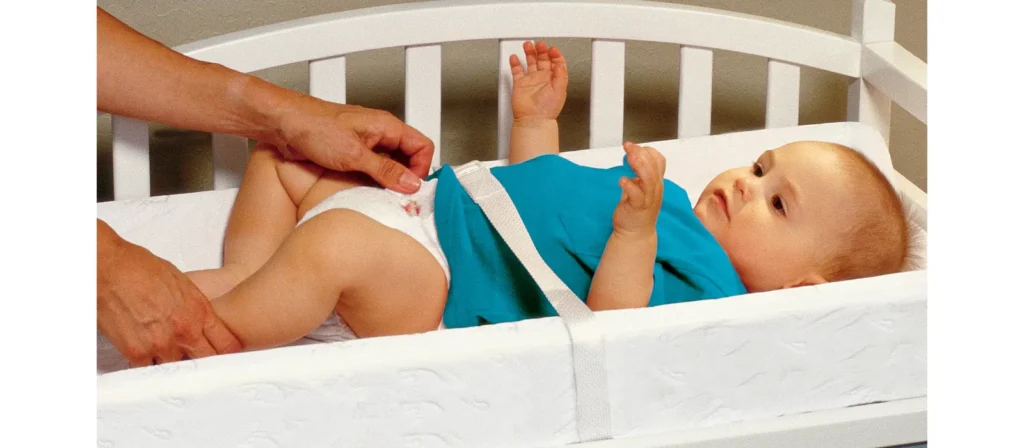
1. Secure and Sturdy Construction
The first safety consideration when choosing a changing table for daycare is its overall construction. A sturdy and secure frame is essential to prevent tipping or collapsing during use. The table should be made from durable materials that can withstand the weight of the baby, as well as the movement and pressure during diaper changes. Whether the changing table is made from wood, metal, or plastic, ensure it feels solid and has a stable base that prevents wobbling. Tables that are top-heavy or poorly constructed can easily tip over, which poses a risk to the baby’s safety.
2. Raised Sides or Guardrails
A high priority in the design of any preschool changing table is raised sides or guardrails. These act as protective barriers, preventing the baby from rolling off the table during diaper changes. The guardrails should be tall enough to provide security but not so high that they obstruct access to the baby. Typically, the guardrails should extend along the length of the changing surface, with a height of at least 2 to 4 inches to create a secure boundary. In addition, some tables feature a buckle system or safety straps to keep the baby securely in place during the change, which adds an extra layer of safety.
3. Anti-Slip Surfaces
The daycare changing table surface should have an anti-slip or non-slip coating to reduce the risk of the baby sliding off. Babies are often wriggling during diaper changes, so a surface with this feature will keep them from shifting too much. This is particularly important for tables that don’t have built-in safety straps. Non-slip changing pads are also essential for providing extra grip. Choose changing tables for daycare with padded surfaces or those that allow the addition of padded mats for a comfortable and safe experience.
4. Safety Straps or Harnesses
Although raised guardrails are effective at preventing falls, safety straps or harnesses are another excellent safety feature to consider, especially for newborns who may not yet have the strength to roll over or hold themselves in position. These straps are designed to secure the baby safely on the diaper changing table, preventing them from wriggling off or accidentally rolling onto the floor. Look for the best changing table that includes built-in safety straps or harnesses, and always use them for extra protection.
5. Stable and Non-Skid Feet
Changing tables should have stable, non-slip feet that grip the floor firmly. This is particularly important for free-standing tables. Tables with non-skid rubber feet ensure that the table stays in place during use, even if there is some movement or pressure applied. This prevents accidents where the table may slide or shift, putting both the baby and the caregiver at risk. Ensure that the feet of the diaper changing table are designed for maximum traction, especially if you place it on a smooth floor.
6. Rounded Edges and Smooth Surfaces
Sharp corners and edges can be a hazard in environments where babies are present. Choose a daycare changing table with rounded edges to minimize the risk of injury if the caregiver or baby accidentally bumps into it. The changing surface should also be smooth, free of sharp objects, nails, or screws that might harm the baby. Additionally, ensure that all fasteners are securely hidden or covered to prevent them from catching on clothing or causing discomfort.
7. Appropriate Weight Limit
Every daycare changing table comes with a specified weight limit that indicates how much weight it can safely hold. This is especially important as your baby grows. Exceeding the weight limit could cause the table to become unstable and pose safety risks. Make sure to always check the manufacturer’s recommended weight limit, and do not place any items or equipment on the diaper changing table that would exceed that limit.
8. Easy-to-Use Locking Mechanisms
For changing tables with drawers, cabinets, or any movable parts, having reliable and easy-to-use locking mechanisms is vital. This prevents the drawers or shelves from being opened unintentionally by the baby or other children, avoiding the risk of injury. Additionally, some daycare changing tables may feature foldable sides or removable parts, and locking mechanisms ensure that these components stay securely in place when in use.
9. Compliance with Safety Standards
Finally, ensure that the daycare changing table you choose meets the relevant safety standards and certifications. In many countries, there are specific regulations for baby furniture to ensure safety, including ASTM (American Society for Testing and Materials) and JPMA (Juvenile Products Manufacturers Association) certifications. These certifications indicate that the product has passed rigorous safety testing and complies with the latest safety guidelines. Always look for these labels to ensure the daycare changing table adheres to safety standards.
The Right Dimensions for a Best Changing Table
| ปัจจัย | Recommended Dimensions | Reasons |
|---|---|---|
| ความยาว | 36–42 inches (91–107 cm) | A standard length allows enough space for most infants and toddlers to be comfortably placed during diaper changes. The length ensures that the child has enough room to move while being safe. |
| ความกว้าง | 20–24 inches (51–61 cm) | The width provides enough space for caregivers to maneuver comfortably while changing the child. Too narrow and it may feel cramped; too wide, and it can make it difficult for the caregiver to reach. |
| ความสูง | 32–40 inches (81–102 cm) | The height of the diaper changing table depends on the caregiver’s needs. A height between 32–40 inches is ideal for most caregivers, reducing the need to bend excessively. Taller caregivers may need an adjustable table. |
| Weight Capacity | 30–50 pounds (13.6–22.7 kg) | Weight capacity is crucial to ensure the diaper changing table is sturdy enough to hold infants or toddlers as they grow. Always select a table with a weight capacity higher than the average child’s weight for added safety. |
Best Changing Table for Different Environments
Choosing the best changing table for different environments is not just about functionality and safety—it also involves understanding the unique needs of each environment. Whether it’s for home, a daycare center, or a medical facility, the choice of the best changing table should align with the specific requirements of the setting. Below are some key considerations for selecting the best changing table for various environments:
1. Home Environment:
When choosing the best changing table for a home environment, the focus is typically on convenience and comfort. Parents often prefer a changing table that matches their home decor, so these products are designed to be both aesthetically pleasing and highly functional for everyday use. Key considerations include:
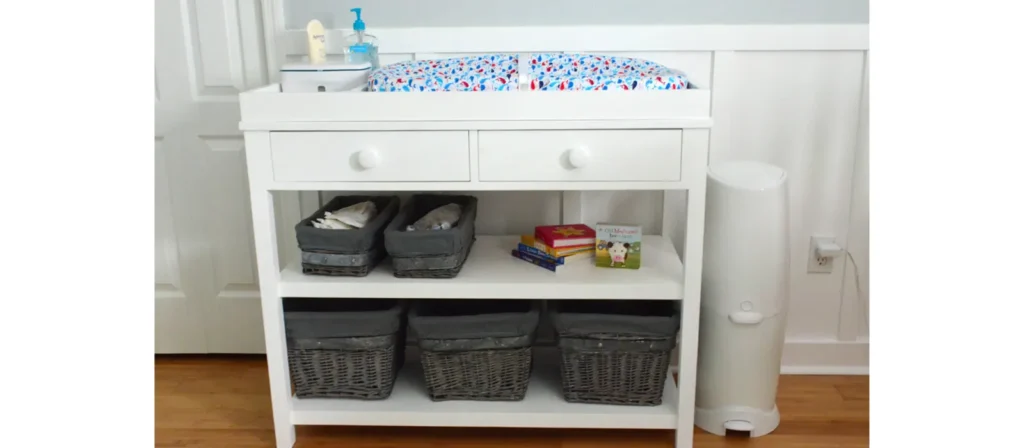
- ขนาดและพื้นที่: Since home spaces can be limited, changing tables should be appropriately sized for the available space. Foldable or multifunctional designs are often ideal as they save space and can be easily stored when not in use.
- Storage Space: A changing table with additional storage space is highly practical for parents, allowing easy access to diapers, wipes, and other baby care essentials. Tables with drawers or shelves offer excellent organization and ease of access.
- Comfort and Safety: Comfort and safety should be a priority in home environments. Soft changing pads and high edges are essential for ensuring the baby’s safety during diaper changes. A secure design that keeps the baby in place while providing a comfortable changing surface is crucial.
2. Daycare Centers:
In daycare centers, the best changing tables must withstand frequent use and be highly functional for multiple babies at once. Therefore, durability and efficiency are paramount in selecting the right changing table for daycare. Here are some key factors to consider:
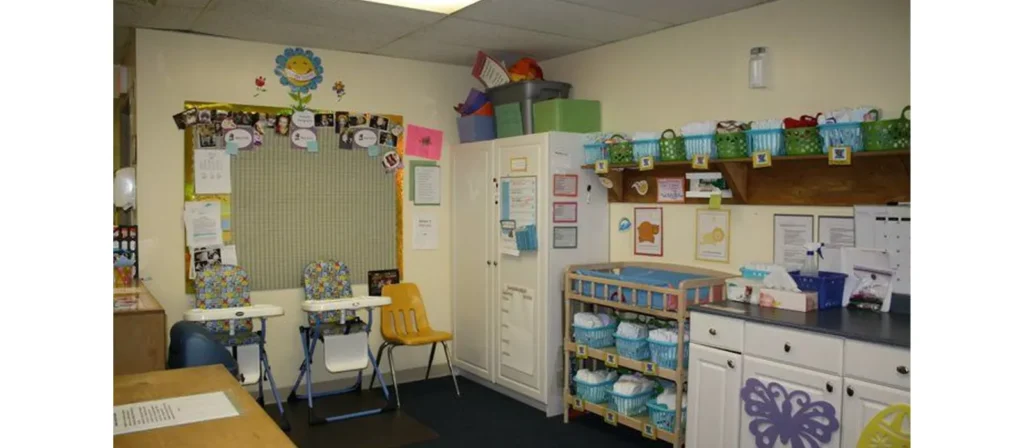
- วัสดุมีความทนทาน: Daycare centers require changing tables that can handle high usage, so choosing a table made of sturdy, easy-to-clean materials is essential. Plastic or metal materials tend to be more suitable than wood for these high-traffic environments.
- ง่ายต่อการทำความสะอาด: Since daycare centers require frequent cleaning, it’s important to choose a diaper changing table with smooth, easily wipeable surfaces that can be sanitized easily. Removable and washable pads are also beneficial for ensuring cleanliness.
- Multiple Storage Units: Daycare centers need to care for multiple babies simultaneously, so ample storage space is a must. Changing tables with several storage compartments, drawers, or open shelves allow daycare staff to efficiently organize and access baby supplies.
3. Medical Facilities or Hospitals:
In hospitals and medical settings, changing tables must meet strict hygiene and safety standards while also being easy to sanitize and handle emergencies. Here’s what to look for:
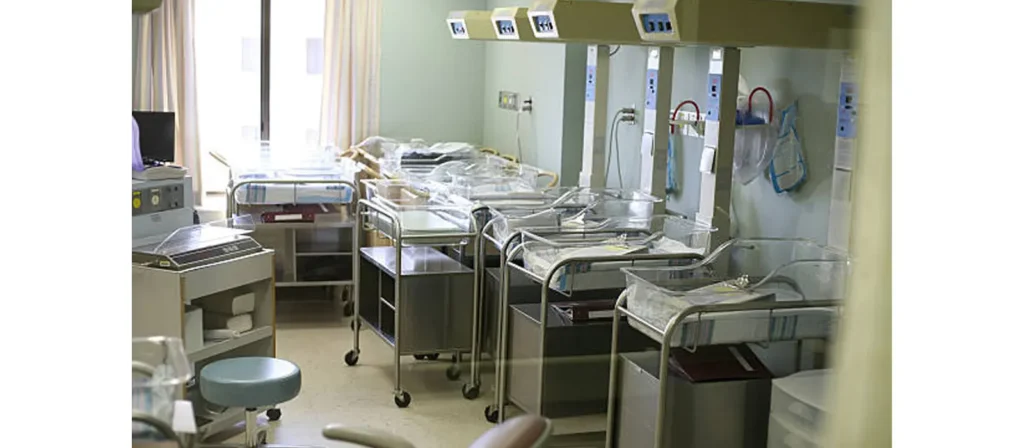
- Compliance with Hygiene Standards: Medical facilities have rigorous hygiene requirements, so the changing table must meet those standards. This means materials should be able to withstand hospital-grade disinfectants, with smooth, seamless surfaces that prevent bacteria buildup.
- Emergency Use: Hospitals may face emergencies, so diaper changing tables should be equipped to handle such scenarios. Tables with secure straps or restraints help ensure the baby’s safety during diaper changes, even in urgent situations.
- Additional Care Features: In medical settings, diaper changing tables might need to include extra features such as heated pads or specialized leak-proof designs to ensure comfort and safety for the baby during diaper changes.
4. Public Places:
For public places such as malls, airports, or public restrooms, changing tables must be convenient and safe, as they may be used by a variety of parents and babies. Here are the key considerations for choosing changing tables for public spaces:
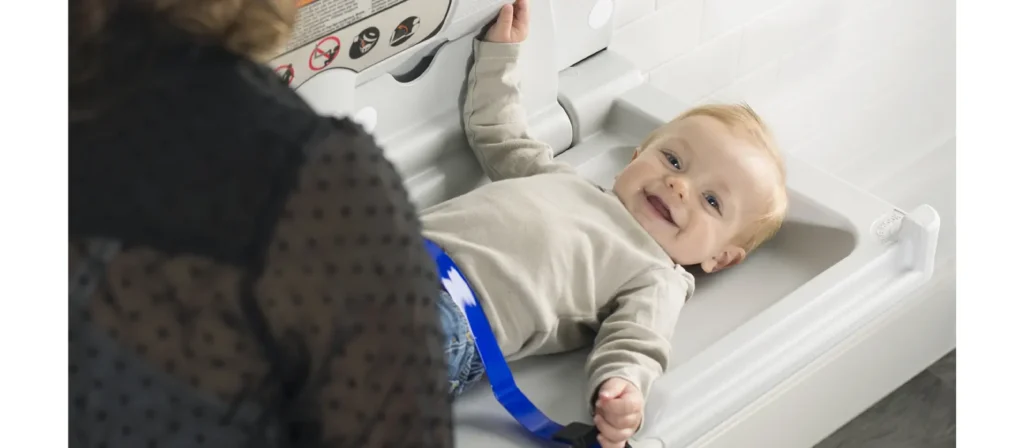
- การออกแบบที่กะทัดรัด: Space in public restrooms can be limited, so changing tables should be compact and efficient in design, maximizing the use of available space. Foldable options or wall-mounted tables are ideal for this environment.
- Stability and Safety: Public changing tables need to be especially stable to ensure the baby’s safety. A secure and sturdy design with anti-slip features is essential to prevent accidents.
- ความสะดวกในการทำความสะอาด: With the high volume of users in public spaces, the changing table must be easy to clean and maintain. Surfaces should be resistant to stains and dirt, and materials should be easy to wipe down and disinfect.
เปลี่ยนห้องเรียนของคุณด้วยโซลูชันเฟอร์นิเจอร์ที่ออกแบบเอง
How Many Changing Tables Does Your Daycare Center Need?
When determining the number of changing tables required for a daycare center, key factors such as the total number of children, the ratio of infants to toddlers, the staff-to-child ratio, and space availability must be considered. The following table provides guidelines for planning the number of changing tables based on these factors.
| Variable | คำอธิบาย | Recommended Number of Changing Tables |
|---|---|---|
| Total Number of Children | The total number of children in the daycare, especially infants and toddlers. | 1 changing table per 10-12 infants; 1 changing table per 15-20 toddlers. |
| Infant vs. Toddler Ratio | Infants require more frequent diaper changes than toddlers. | Infants: 1 table per 10-12 babies; Toddlers: 1 table per 15-20 toddlers. |
| Staff-to-Child Ratio | Higher staff-to-child ratios may reduce the number of changing tables needed. | 1 table per 3 staff members for infants; 1 table per 6 staff members for toddlers. |
| Space Layout and Distribution | The size and layout of the daycare space will influence the number of changing tables. | 1 changing table per 250-300 square feet of space. |
| Peak Demand and Fluctuations | Extra changing tables may be needed during peak times. | Add 1 extra changing table for every additional 10-15 children during peak times. |
ตัวอย่าง:
Assume you manage a daycare with 40 children, consisting of 20 infants and 20 toddlers, and you have 8 staff members. Here’s how you would calculate the number of changing tables needed:
- Infant Requirements: According to the guideline, 1 changing table is needed per 10-12 infants. For 20 infants, you will need 2 changing tables.
- Toddler Requirements: For toddlers, 1 changing table is needed per 15-20 children. For 20 toddlers, you will need 1 changing table.
- Staff-to-Child Ratio: For infants, the recommended ratio is 1 changing table per 3 staff members. With 8 staff members, you should have enough capacity, as the total number of infants (20) divided by 3 staff members per table equals 6.6, which means 2 tables will suffice. For toddlers, the ratio is 1 changing table per 6 staff members. Since you have 8 staff members, you can comfortably manage the 20 toddlers with 1 table.
- Space Layout: If your daycare center’s total area is 1000 square feet, you would need 3-4 changing tables based on the standard of 1 table per 250-300 square feet.
- Peak Demand: During peak times (e.g., mornings or after lunch), if an additional 15 children are present, you will need 1 extra changing table to accommodate the increased number of children.
Total Recommended Number of Changing Tables:
Based on the above calculations, this daycare center would need a total of 7-8 changing tables, including:
- 2 tables for infants
- 1 table for toddlers
- 3-4 tables based on space requirements
- 1 extra table for peak demand periods
Diaper Changing Table Station Essentials
Setting up a diaper changing station in a daycare, home, or any caregiving facility requires careful planning to ensure convenience, safety, and hygiene. Here’s a list of the essentials every diaper changing table station should include:
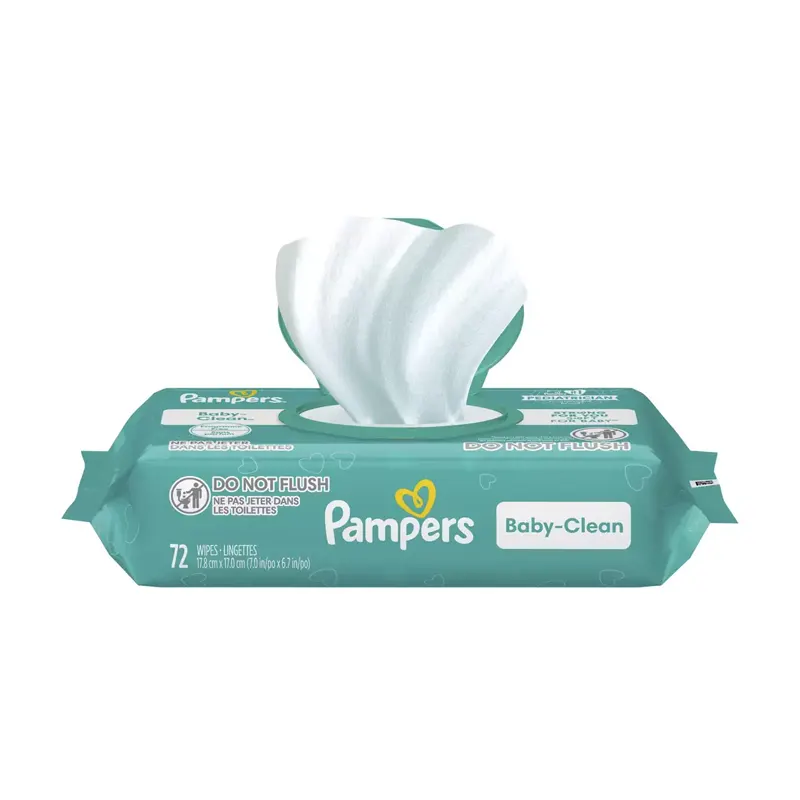
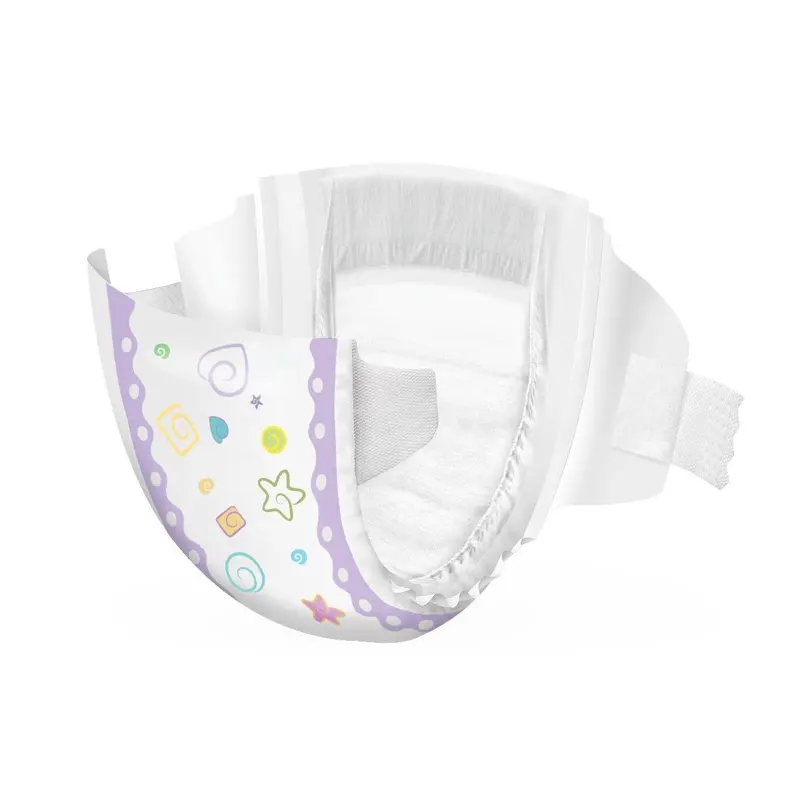
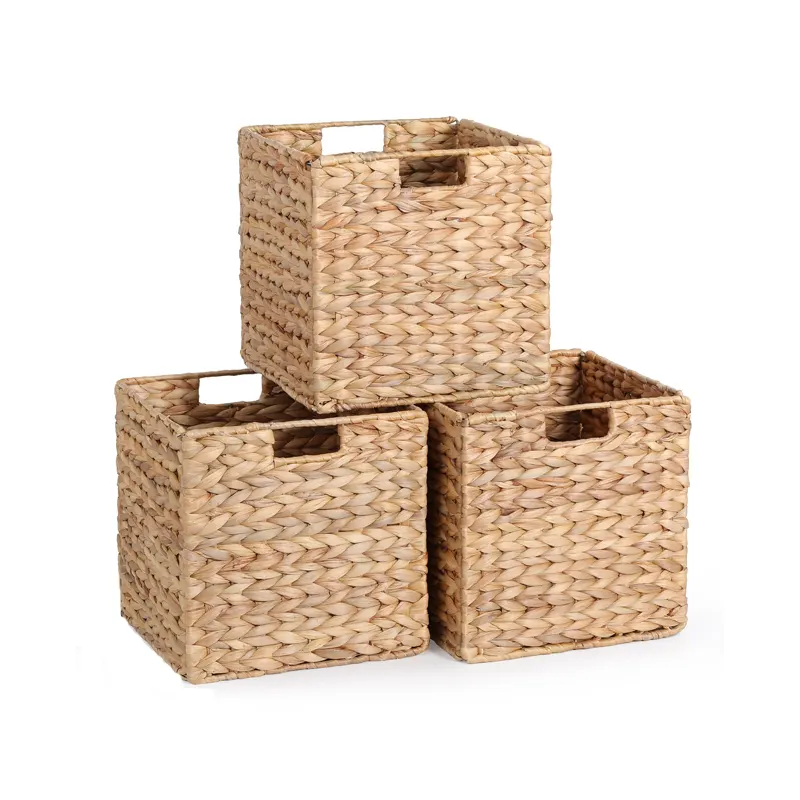
- แผ่นรองเปลี่ยนผ้าอ้อม: A comfortable, easy-to-clean pad that provides a safe and soft surface for the baby.
- ผ้าอ้อม: A supply of diapers in various sizes, ready for quick changes.
- ผ้าเช็ดทำความสะอาดเด็ก: Soft, baby-safe wipes for cleaning the baby’s skin during each diaper change.
- Diaper Disposal System: A sealed, odor-proof trash can for disposing of soiled diapers.
- Diaper Cream: Ointment to prevent diaper rashes and keep the baby’s skin protected.
- Gloves: Disposable, latex-free gloves for hygienic diaper changes.
- Extra Clothing: A set of clean clothes for the baby in case of leaks or accidents.
- เจลล้างมือ: Quick-drying hand sanitizer to ensure caregivers clean their hands after each diaper change.
- Trash Can: A small, hands-free trash can for disposing of used wipes, gloves, and other disposable items.
- Storage Bins or Baskets: Organizational containers to store diapers, wipes, creams, and other baby essentials within easy reach.
- Disinfecting Spray: A baby-safe disinfectant for wiping down surfaces after each diaper change to maintain cleanliness.
ค้นพบผลิตภัณฑ์ทั้งหมดของเรา
เข้าถึงแค็ตตาล็อกที่ครอบคลุมของเราซึ่งมีเฟอร์นิเจอร์คุณภาพเยี่ยมและอุปกรณ์การเล่นสำหรับโรงเรียนอนุบาลและโรงเรียน
Safety Tips for Using a Changing Table
Using a diaper changing table in a daycare setting requires constant attention to safety. Infants and toddlers can be unpredictable during diaper changes, so caregivers must take every precaution to avoid accidents. These safety tips will help ensure that every diaper change is as safe as it is efficient:
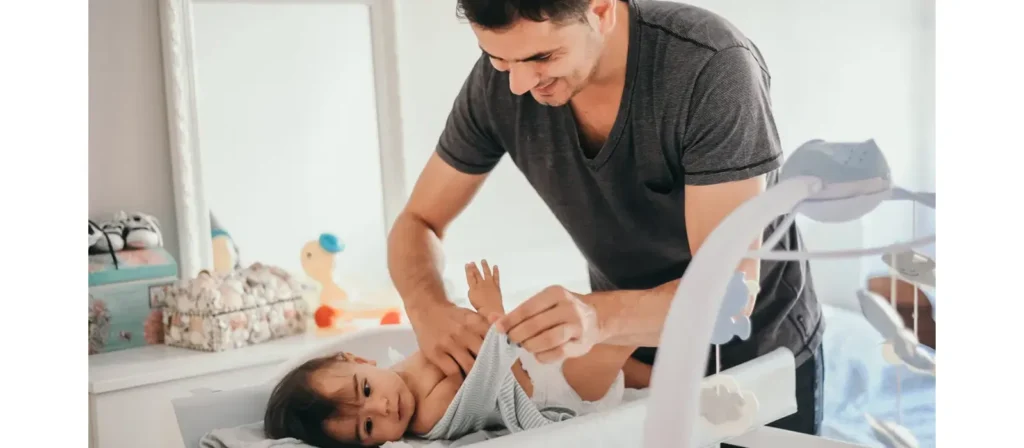
1. Never Leave a Child Unattended
- Golden Rule: Always keep one hand on the child at all times.
- Even a few seconds away from the table can result in a fall.
- If you need to step away, take the child with you, even if it’s just for a moment.
2. Use the Safety Straps Correctly
- Secure the child with the built-in safety straps during every diaper change.
- Make sure the straps are snug but not too tight, and that they’re fastened before reaching for any supplies.
- Straps are not a substitute for supervision—they’re an added layer of protection.
3. Keep All Supplies Within Arm’s Reach
- Organize diapers, wipes, creams, and clothing so they are easily accessible without turning your back or leaving the table.
- Use storage drawers, bins, or baskets on the changing table to streamline access.
- Pre-arrange everything before placing the child on the changing surface.
4. Maintain a Non-Slip, Clean Changing Surface
- Ensure the changing pad or surface is non-slip and securely attached to the table.
- Use disposable liners or washable covers that are changed between each use.
- Wipe down the surface with disinfectant wipes or spray after every diaper change to prevent the spread of germs.
5. Follow Proper Lifting Techniques
- Bend at the knees—not the waist—when lifting a child onto or off the changing table.
- Keep the child close to your body to maintain control and reduce strain.
- If the child is heavy or struggling, ask for assistance to avoid injury.
6. Ensure the Table Is Sturdy and Stable
- Regularly check for loose screws, cracked surfaces, or unstable legs.
- For mobile changing tables, ensure that the wheels are locked securely before use.
- Don’t overload the storage areas, as this can shift the table’s balance.
7. Supervise Children Near the Changing Area
- Keep other children away from the changing station during diaper changes.
- This prevents distractions, accidental bumps, or other hazards.
- Consider setting up a visual boundary or using child gates if needed.
8. Dispose of Waste Properly and Immediately
- Use a lidded, hands-free trash can or diaper pail positioned nearby.
- Immediately dispose of used diapers, wipes, and gloves to keep the area clean.
- Empty trash bins frequently to avoid overflow and odors.
9. Perform Regular Safety Checks
- Conduct a daily visual inspection of the changing station.
- Look for signs of wear, instability, or broken parts that could pose risks.
- Schedule monthly maintenance checks to tighten hardware and sanitize storage compartments.
10. Train All Staff on Changing Table Protocol
- All caregivers should be trained in proper diaper changing procedures, including hygiene and emergency protocols.
- Maintain written policies on diapering practices and review them regularly during staff meetings or orientation.
- Clear expectations ensure consistency and safety across shifts and staff members.
How to Maintain and Clean a Diaper Changing Table
A well-maintained diaper changing table is essential for both the health and safety of children in daycare centers. Routine cleaning and preventative maintenance not only reduce the spread of germs but also extend the lifespan of the equipment. Below is a step-by-step guide on how to properly clean and care for your daycare’s changing tables.
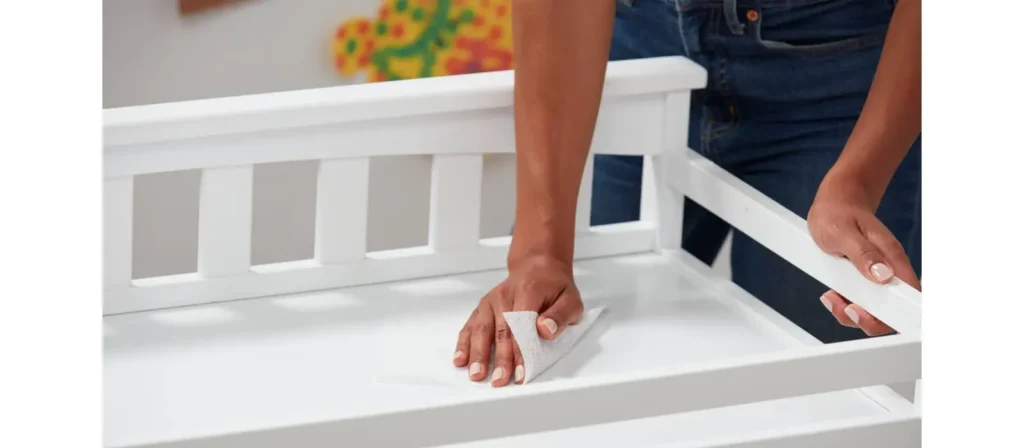
Daily Cleaning Routine
1. Clean After Every Use
- Wipe down the changing pad or surface immediately after each diaper change.
- Use child-safe disinfectant wipes or spray approved for use in child care environments.
- Don’t forget to sanitize straps, handles, and any commonly touched surfaces.
2. Replace Liners Regularly
- If you’re using disposable liners, throw them away after each change.
- If using reusable covers, replace them with a clean one and place the soiled liner in a designated laundry bin.
3. Sanitize Surrounding Areas
- Clean nearby bins, drawer handles, and any storage surfaces at the end of each day.
- Wipe down walls or dividers that are within reach of the changing area to catch splashes or spills.
Weekly Deep Cleaning Tasks
1. Disassemble and Deep Clean Components
- Remove the changing pad, baskets, and any movable shelves or bins.
- Wash all removable parts with soap and water or sanitize in a dishwasher (if safe to do so).
- Allow everything to air dry completely before reassembly.
2. Disinfect Structural Surfaces
- Use a non-abrasive disinfectant on wooden, plastic, or metal components.
- Focus on hidden corners, undersides, and joints where bacteria can accumulate.
- Ensure proper ventilation while cleaning to prevent fumes from lingering in the care environment.
Monthly Maintenance Checklist
1. Inspect for Wear and Tear
- Check for cracks, warping, or fraying straps.
- Ensure that padding isn’t ripped or degraded.
- Verify that the table is stable and level—no wobbling, loose screws, or bending legs.
2. Tighten and Lubricate Hardware
- Secure any screws, bolts, or joints that may have loosened from daily use.
- If the table has wheels, check that they lock properly and are not clogged with debris.
3. Replace Worn Parts
- Order and replace any damaged straps, torn pads, or broken parts immediately.
- Don’t wait for a total failure—small repairs can prevent future injuries or operational issues.
Best Practices for Long-Term Care
- Use Waterproof Covers: Choose changing pads and liners that resist staining and liquid absorption.
- Keep Dry Between Uses: Moisture promotes mold and bacteria growth—wipe down surfaces thoroughly after disinfecting.
- Avoid Harsh Chemicals: Use only cleaners labeled as safe for children and non-toxic, especially on surfaces where skin contact occurs.
- Store Properly: If the changing table is foldable or portable, ensure it is stored upright in a dry, ventilated space to prevent moisture damage.
คำถามที่พบบ่อย
- When should a daycare stop using a changing table for a child?
Most children outgrow the need for a changing table between 2 and 3 years of age, typically when they begin toilet training. However, in daycare centers, changing tables may still be used for older toddlers who aren’t fully trained or for children with special needs who require assisted care. - How long can you safely use a changing table for a child?
You can use a changing table until the child exceeds the manufacturer’s weight limit (usually 30–50 pounds) or becomes too active and mobile to be safely secured. Always refer to the product’s safety guidelines and use discretion based on the child’s behavior and mobility. - How many changing tables does my daycare center need?
The general recommendation is one changing table for every 10 infants or toddlers. Larger centers may require more to avoid bottlenecks, while smaller facilities may be able to operate efficiently with just one well-placed and organized table. - What should be stored in a changing table?
A fully stocked changing table should include: diapers (various sizes), wipes, gloves, diaper creams, extra clothing, hand sanitizer, disposable liners, and a trash bin or diaper pail nearby. Safety straps and a clean changing pad are also essential components. - How high should a daycare changing table be?
Most changing tables range between 32–40 inches in height. The ideal height depends on caregiver ergonomics. Tables around 36 inches tend to offer the best balance between caregiver comfort and child safety. - How do you organize a changing table efficiently?
Use labeled bins or baskets to separate items like diapers, wipes, and creams. Store frequently used items at waist level for quick access. Keep backup supplies in lower drawers or shelves, and use wall space or adjacent carts to expand storage if needed. - Is it safe to use a diaper changing table without safety straps?
No. Safety straps provide an added layer of protection, especially in high-volume daycare settings where children may wiggle or roll unexpectedly. Always use the straps and never leave a child unattended on the table. - Can a dresser be used as a diaper changing table in a daycare?
Yes, many daycares use changing table dressers with a secure pad on top. However, the height, sturdiness, and safety features must align with daycare safety standards. Always ensure the unit is stable and meets weight and hygiene requirements. - Should diaper changing tables be in the classroom or the bathroom?
This depends on your space and setup. Placing changing tables in or near the bathroom can help with sanitation, while keeping them in the classroom offers convenience. Regardless, proper ventilation and hygiene protocols must be followed in either location. - How often should a daycare clean its diaper changing table?
Changing tables should be cleaned after every use using child-safe disinfectants. A deeper sanitizing routine should be done at the end of each day, and weekly maintenance checks should be performed to inspect wear, damage, or contamination.
บทสรุป
Selecting the best changing table for your daycare center is far more than a simple furniture decision—it’s a strategic investment in safety, hygiene, caregiver comfort, and overall operational efficiency. From understanding the different types and dimensions of diaper changing tables to organizing your station with essential supplies and maintaining high hygiene standards, each choice directly impacts the quality of care you provide.
Whether you’re outfitting a compact infant room or a large multi-age facility, focusing on core factors like space, storage, safety features, and caregiver ergonomics will help you make the right decision. By considering your specific environment and the needs of both children and staff, you can create a functional and professional changing station that supports smooth daily operations and builds trust with parents.
If you’re looking for a trusted partner in toddler furniture, Xiha Kidz is proud to be your partner. As a leading provider of nursery furniture, we work with preschools and childcare centers around the world to provide thoughtfully designed, durable, standards-compliant solutions that support child development and improve operational efficiency. With ซีฮา คิดส์, you’re not just purchasing furniture—you’re investing in the success and safety of your daycare.
ค้นพบผลิตภัณฑ์ทั้งหมดของเรา
เข้าถึงแค็ตตาล็อกที่ครอบคลุมของเราซึ่งมีเฟอร์นิเจอร์คุณภาพเยี่ยมและอุปกรณ์การเล่นสำหรับโรงเรียนอนุบาลและโรงเรียน

